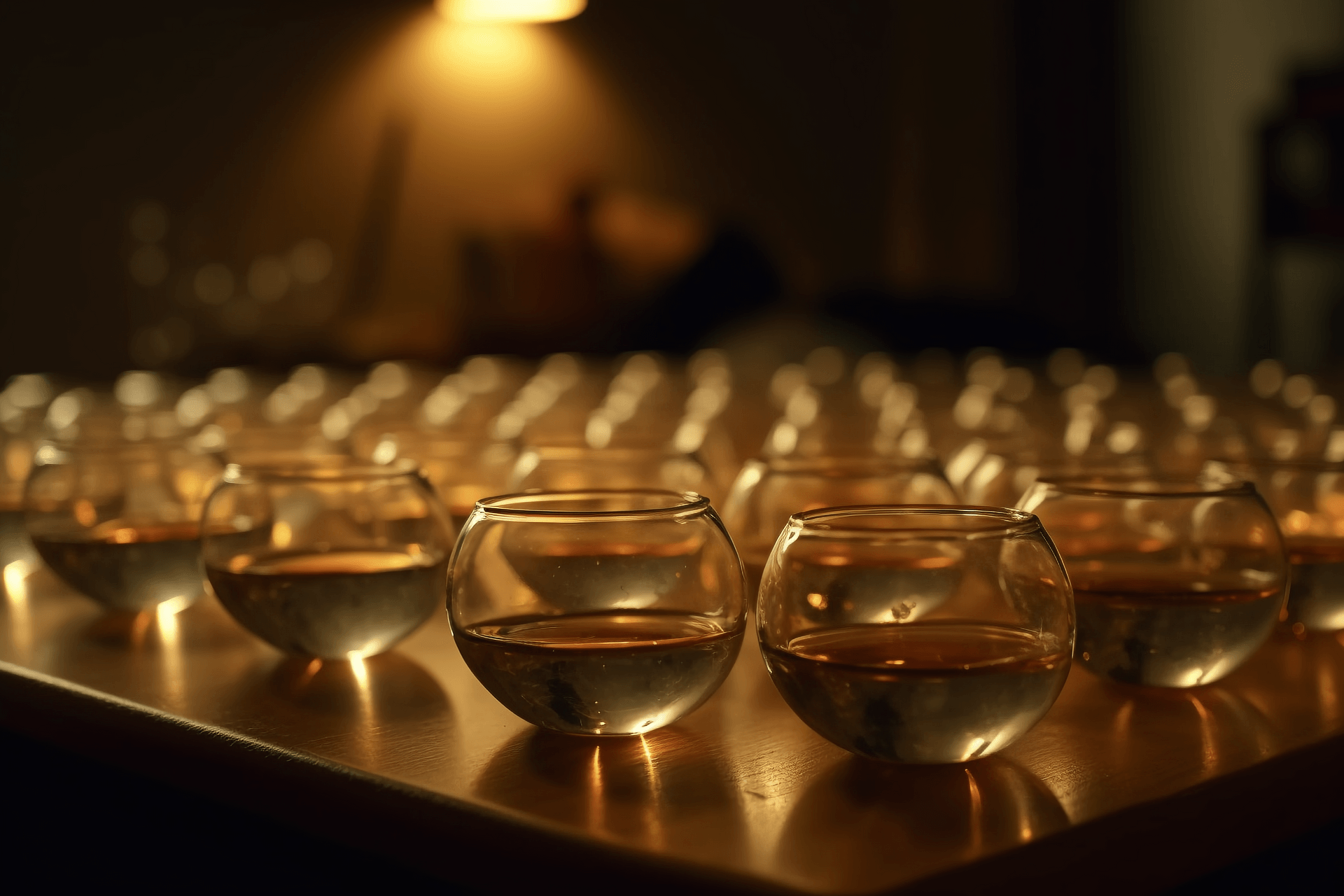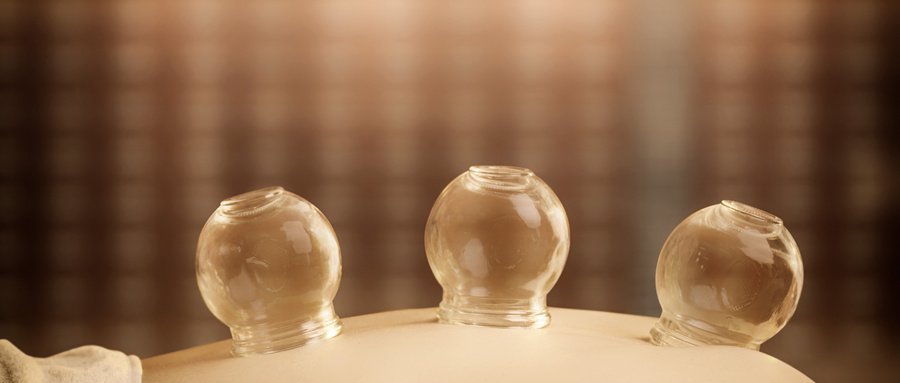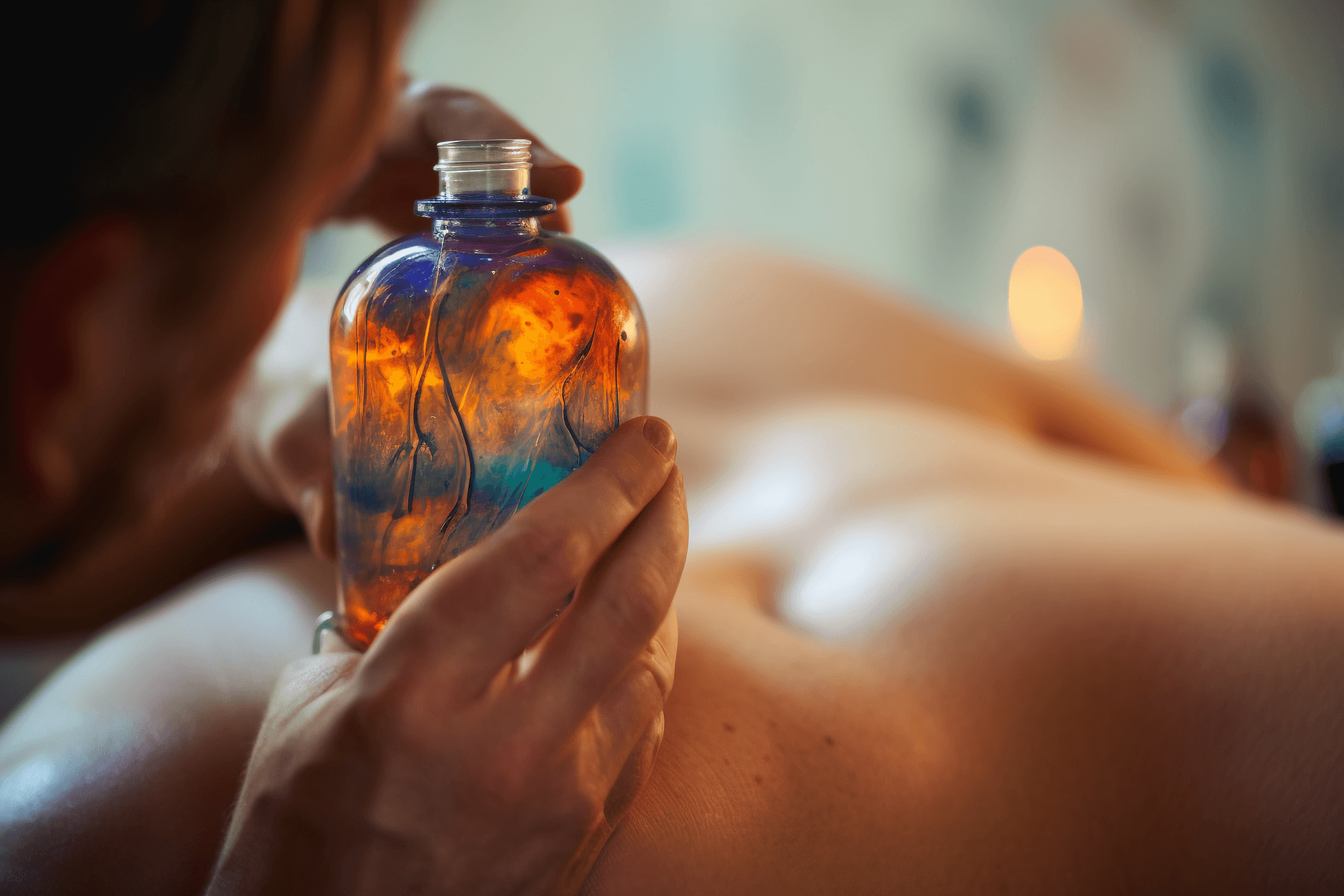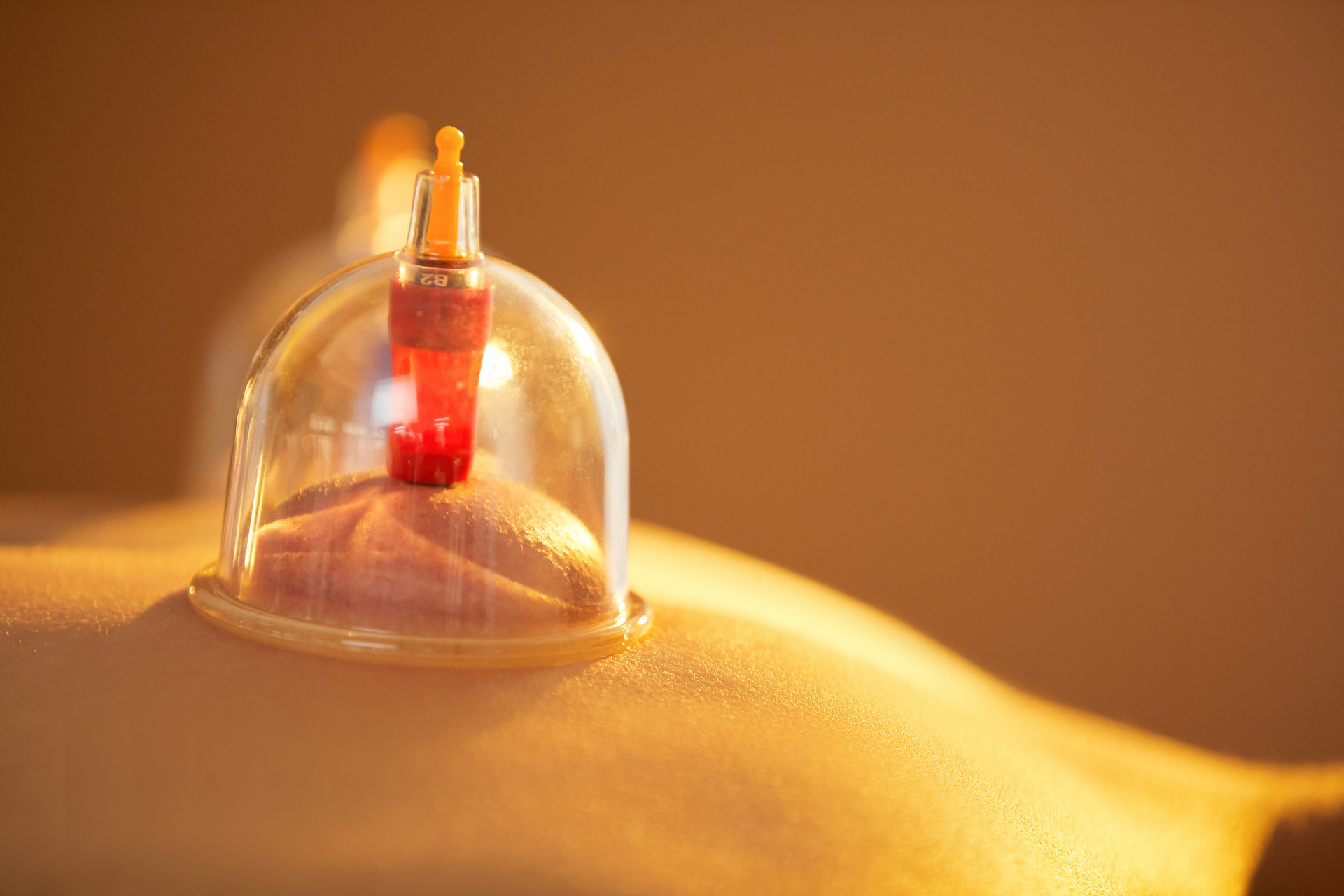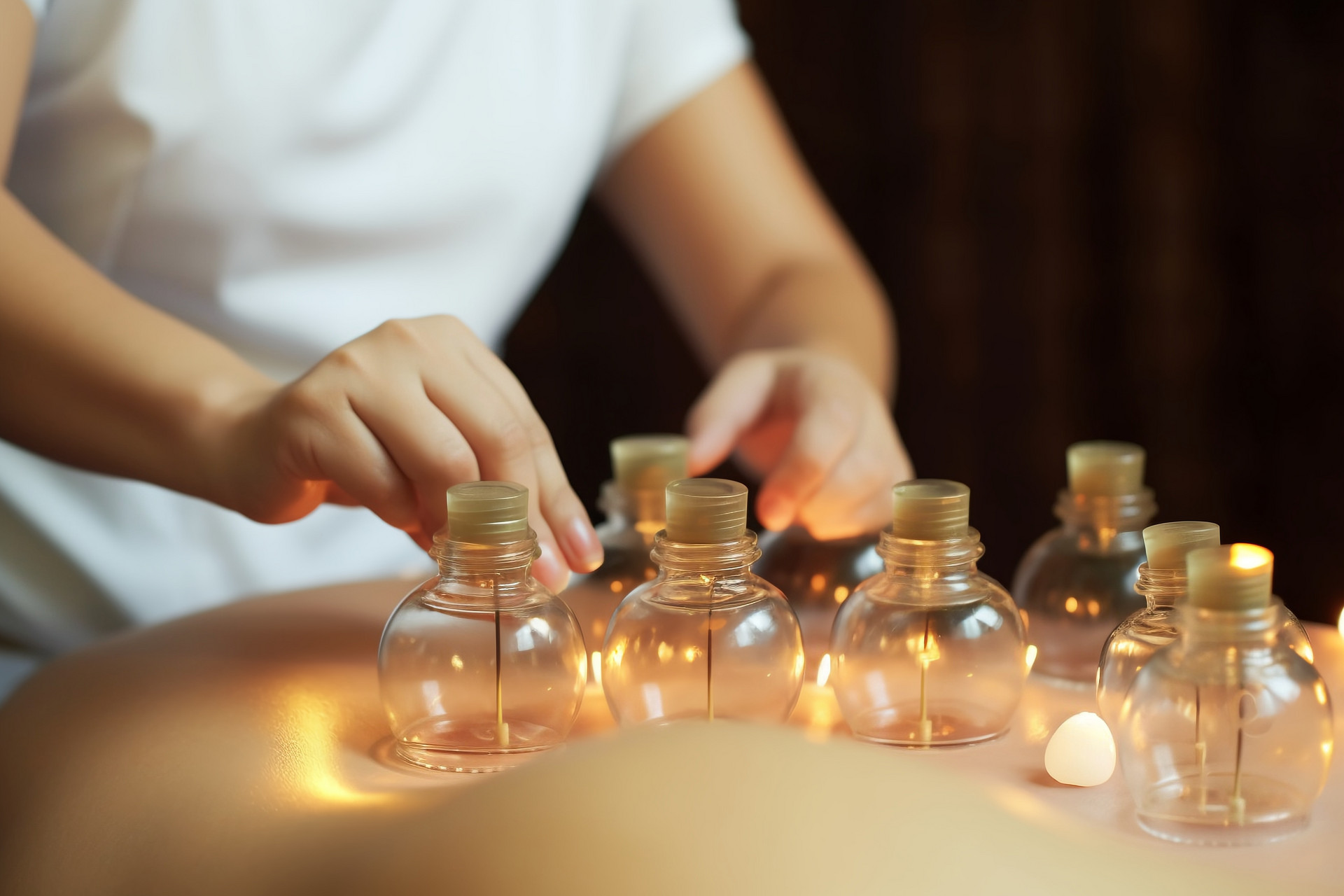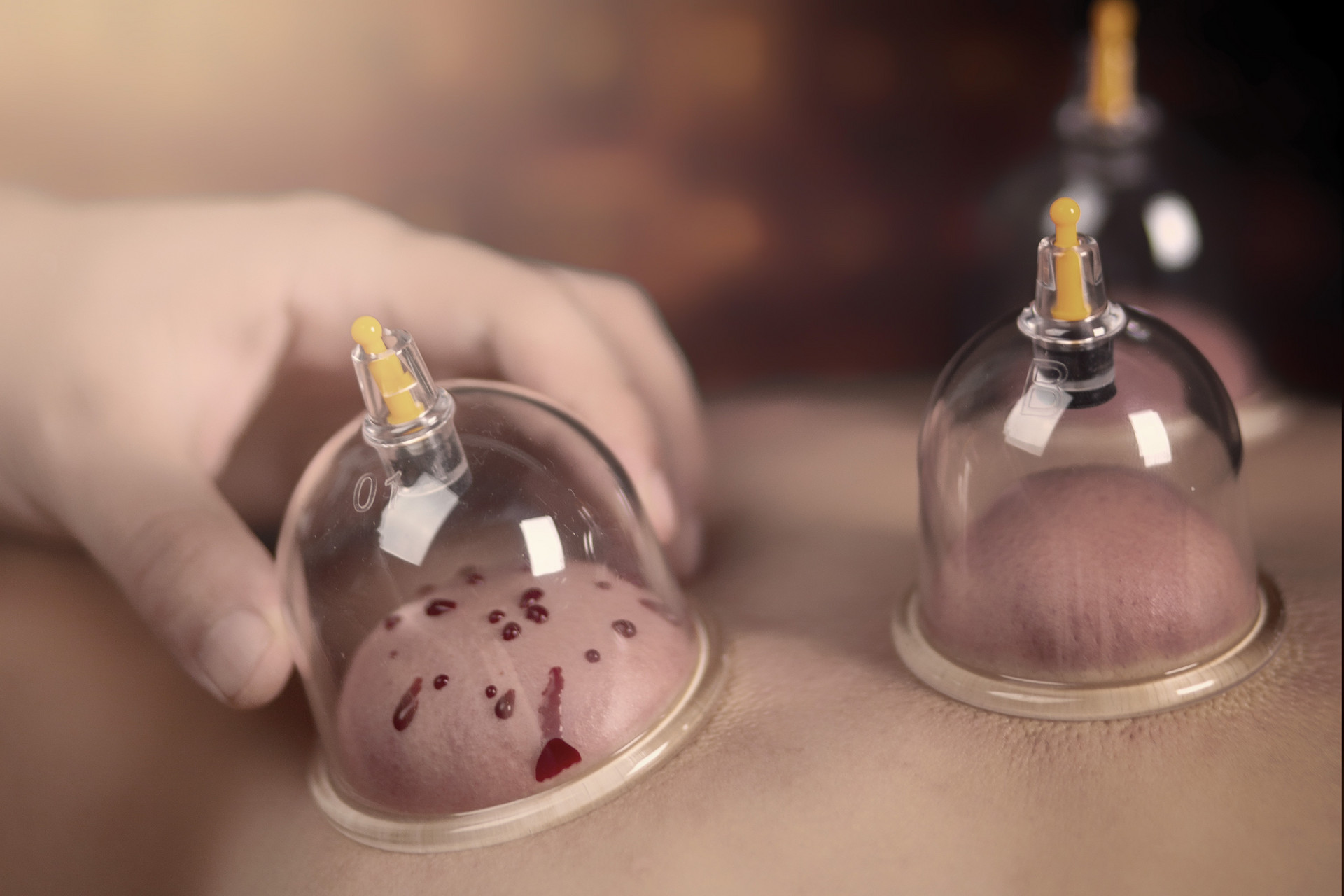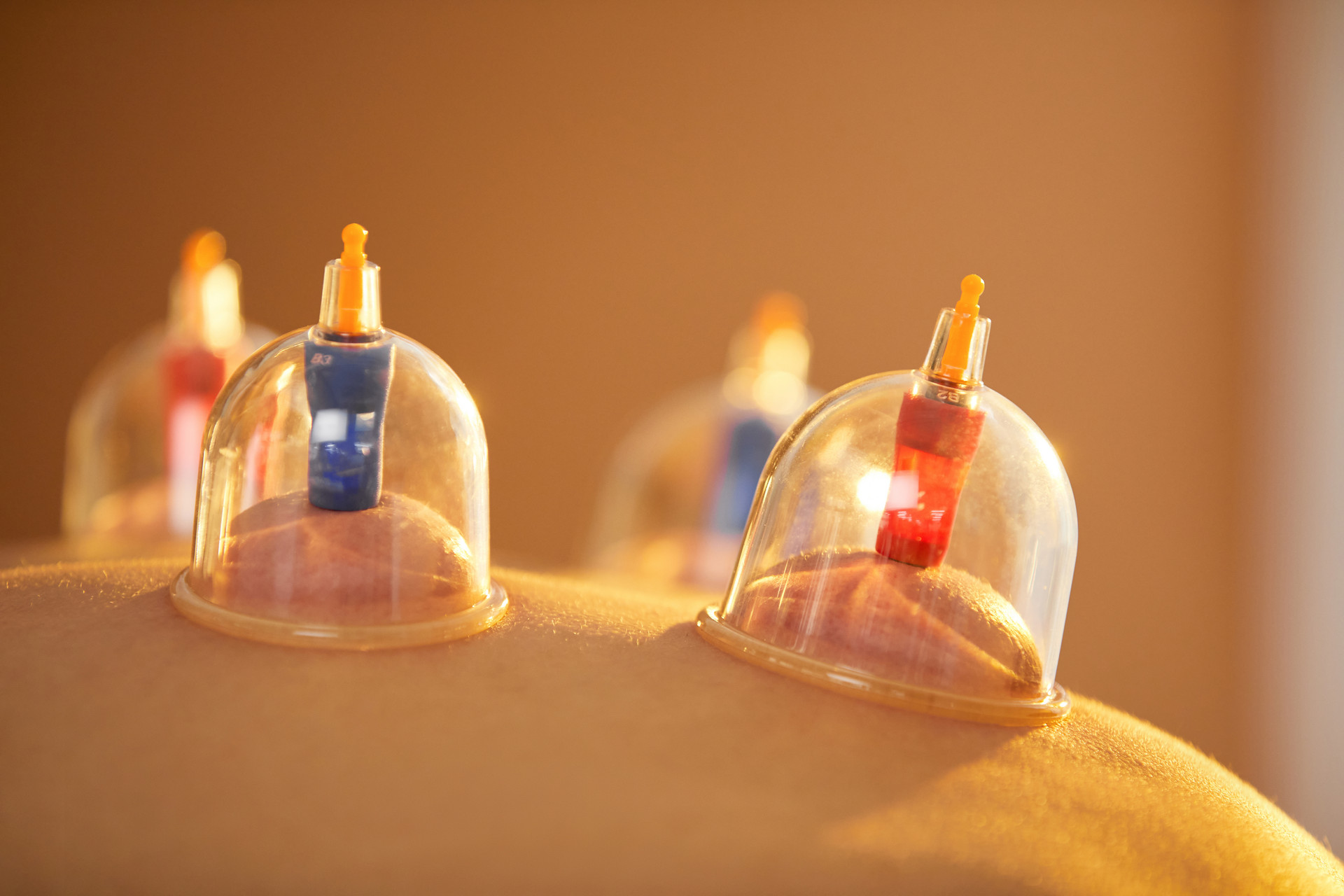Cupping therapy is a traditional Chinese medical treatment method. Its principle is to use mechanical or heating methods to remove air from the cup, creating a negative pressure that allows the cup to adhere to the skin and cause minor subcutaneous congestion. This small trauma can stimulate the body's own functions (such as the nervous system, endocrine system, etc.) and achieve therapeutic effects. Due to its obvious effectiveness and convenient use and carrying, cupping is no longer just a "special instrument" in traditional Chinese medicine hospitals. Cupping products in pharmacies and shopping malls are also increasing.
Distinguishing Cupping Instruments: Little difference between old and new products
Cupping therapy, also known as "cupping", "suction cups" or "suction tubes". Cups are usually made of various materials such as bamboo, glass, ceramics, and plastics. They are often used in conjunction with acupuncture to enhance treatment effects. They are mainly used for conditions such as rheumatism, lumbar muscle strain, headache, abdominal pain, and asthma.
Regarding the various cupping products on the market, Associate Professor Bai Xinghua from the Acupuncture and Moxibustion College of Beijing University of Chinese Medicine believes that there is not much difference between traditional cups and modern cupping instruments in terms of function. Especially in terms of materials, the impact on the effectiveness of cupping is not significant. However, one thing to note is that if it is used for conditions such as rheumatism or cold legs, traditional cups that require ignition have better effects. This is because cupping, when heated by fire, produces a warm sensation. The advantage of the new cupping instrument is that it is easy to operate, does not require ignition, and can achieve similar effects to traditional cups.
Using Cupping Therapy: Identify the cause of pain before using
For patients using cupping at home, Professor Bai suggests that before using it, you must first identify the cause of the pain. If it is pain caused by chronic diseases such as lumbar strain or sprain, and the patient is clear about the cause and has medical advice, they can use it themselves, which is also beneficial for treatment. However, the cause of pain is sometimes very complex, so Professor Bai does not advocate using cupping for self-diagnosis and treatment without knowing the cause, because inappropriate cupping, although it will not harm the body, may delay the condition and may have serious consequences. In addition, cupping therapy is not suitable for people with skin damage or bleeding disorders (such as hemophilia, thrombocytopenia, purpura, etc.).
So, how should we correctly use cupping instruments? Professor Bai's suggestion is that if the area that needs cupping is a large muscle such as the back, it is best to use a slightly larger cup, with a large suction force and good effect within the range that the body can withstand. When cupping, whether it is a large or small cup, do not use brute force to remove it. The correct method is to press the skin around the edge of the cup with your fingers, and gently remove it after air enters. The cupping time should be 10-15 minutes, with a maximum of 30 minutes. The interval between cupping at the same site depends on the recovery of the skin, generally two to three days.
When cupping, it is also important not to heat the edge of the cup to avoid burns. Pregnant women should not cup the waist and abdomen. Cupping should also not be used on the heart, hairy areas, or areas with skin diseases.
Using Cupping Therapy: Understanding three misconceptions
Although cupping therapy is convenient for self-treatment of some diseases, there are still some misconceptions about cupping among people in daily use. In this regard, Professor Bai pointed out three misconceptions in people's understanding and use of cupping therapy:
First, although cupping therapy has a certain therapeutic effect on various pains, it is not a cure-all as a traditional Chinese medicine adjunctive treatment method. The functional introductions on cupping product labels have not been clinically tested, so their effectiveness cannot be confirmed. Patients should approach this issue rationally.
Second, regarding some cupping instruments with magnetic therapy functions on the market, Professor Bai said that the human body has a very weak magnetic field itself, and the strong magnets attached to the cups will interfere with the body's own magnetic field. Using too many magnetized products can be more harmful than beneficial. He believes that the promotion and pursuit of "magnetic therapy" is more like a "fashion" because the function of "magnet" in traditional Chinese medicine theory is only sporadically recorded and has not truly formed a system.
Third, some non-medical institutions such as bath centers also provide cupping, scraping, and other services, although convenient, it is recommended not to go because some places do not have strict disinfection measures, which may cause cross-infection.


